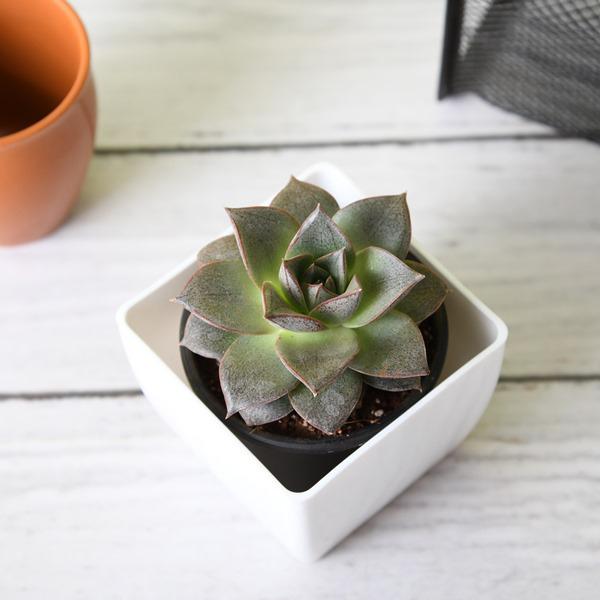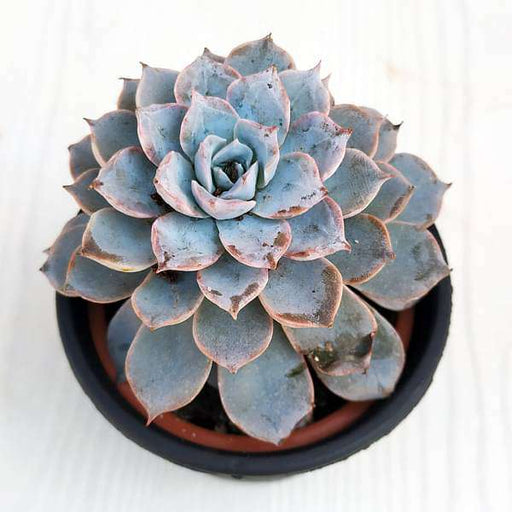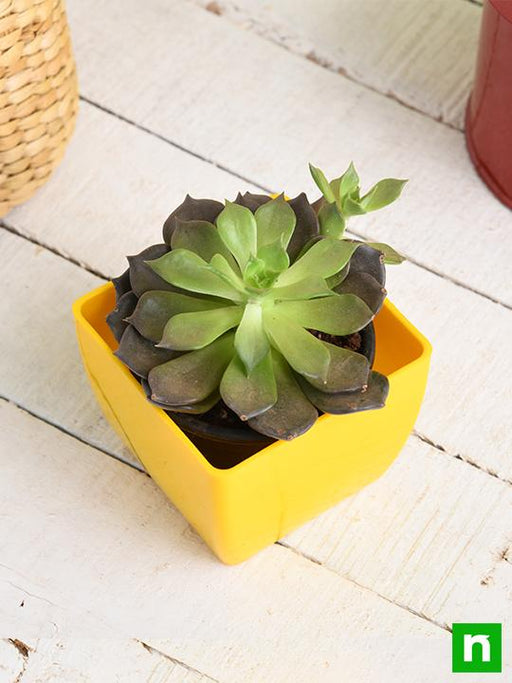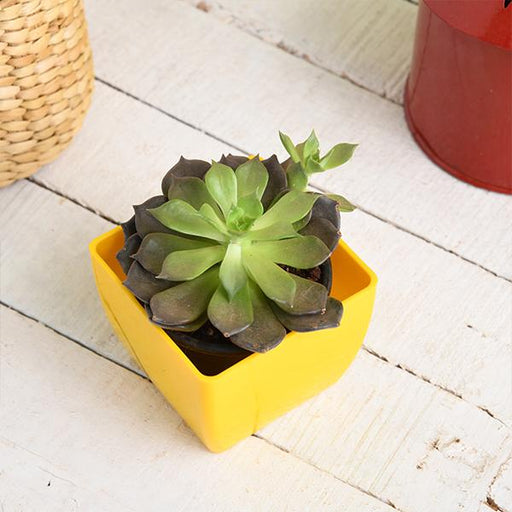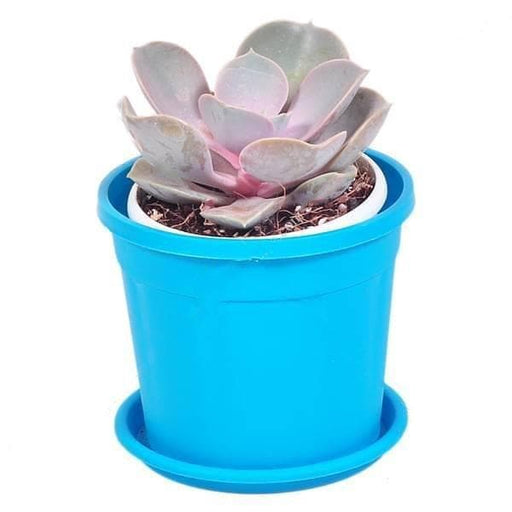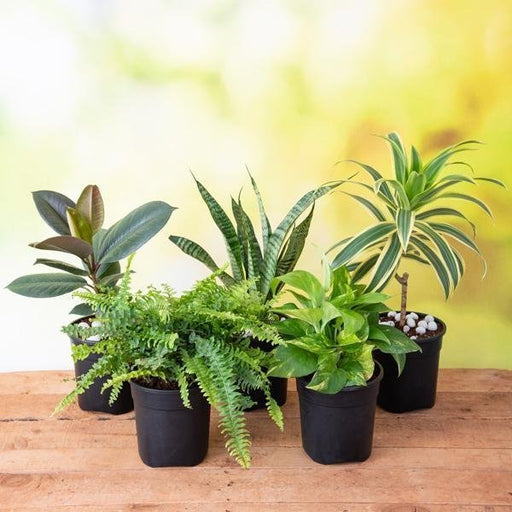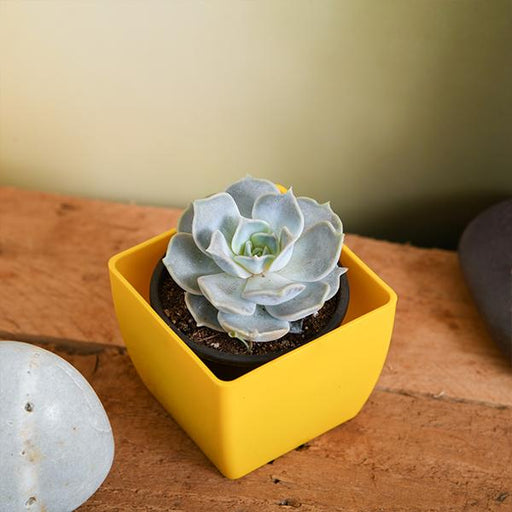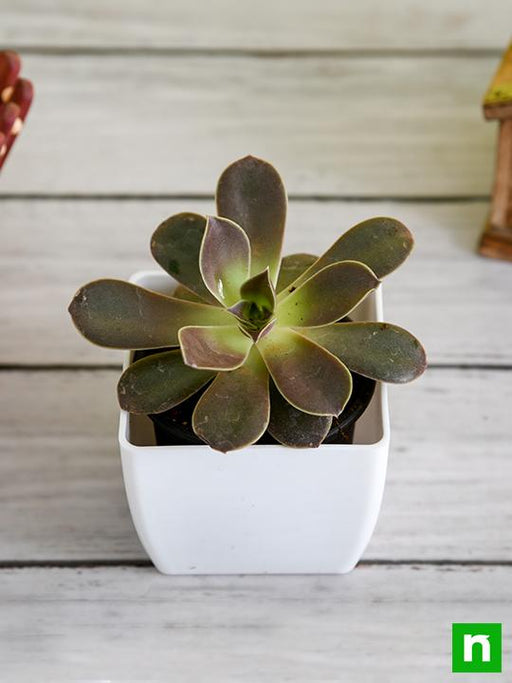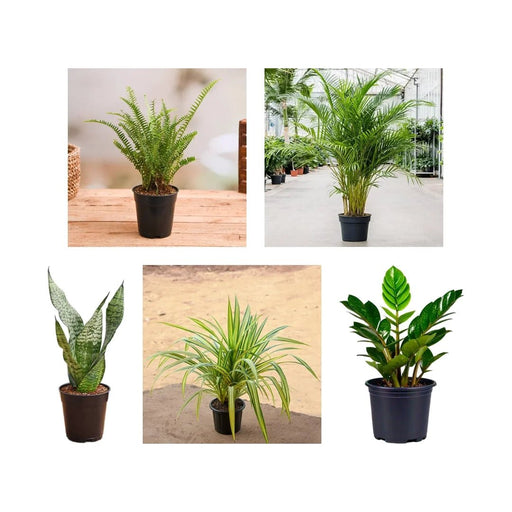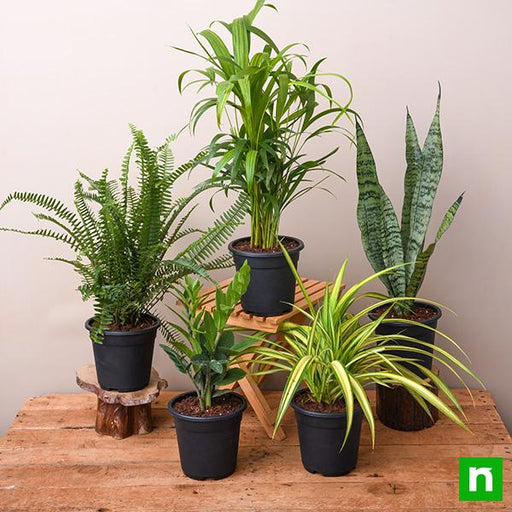Echeveria Care
Echeveria care is essential for keeping your plants healthy and beautiful. Proper care includes providing the right amount of water, sunlight, and nutrients, as well as monitoring for pests and diseases. With the right care, echeveria plants can thrive and produce stunning rosettes of colorful and succulent leaves.
Echeveria Varieties
There are many varieties of echeveria plants, each with its own unique colors and shapes. Some popular varieties include Echeveria agavoides, Echeveria elegans, and Echeveria laui. With so many options to choose from, there is an echeveria variety to suit any taste and style.
Echeveria Propagation
Echeveria propagation is a popular way to grow new plants from existing ones. It can be done through stem cuttings, leaf cuttings, or division. With proper propagation techniques, echeveria plants can produce beautiful and unique specimens that add color and texture to any indoor or outdoor space.
Echeveria Succulent
Echeveria plants are a popular type of succulent that are known for their beautiful and colorful rosettes of leaves. They are a popular choice for indoor and outdoor gardening, as they are low-maintenance and easy to care for. With their unique and striking appearance, echeveria succulents are a must-have for any succulent lover.
Echeveria Flower
Echeveria plants can produce beautiful and delicate flowers in shades of pink, red, and yellow. While the flowers are short-lived, they add a charming and whimsical touch to any echeveria plant. With their unique and colorful blooms, echeveria flowers are a delight to behold.
Echeveria Soil
Echeveria plants require well-draining soil that is rich in nutrients. A mix of cactus soil and perlite is a popular choice for echeveria plants, as it provides the right balance of moisture retention and drainage. With the right soil, echeveria plants can grow strong and healthy.
Echeveria Sunlight
Echeveria plants require bright, indirect sunlight for optimal growth and health. Too much direct sunlight can cause the leaves to burn, while too little sunlight can cause the plant to become leggy and weak. With the right amount of sunlight, echeveria plants can thrive and produce stunning rosettes of leaves.
Echeveria Watering
Echeveria plants require infrequent but deep watering, as they are susceptible to root rot if they are overwatered. Water should be allowed to fully drain from the pot before watering again. With the right watering schedule, echeveria plants can thrive and produce beautiful and healthy leaves.
Echeveria Fertilizer
Echeveria plants require regular fertilizer to grow strong and healthy. A balanced fertilizer that is low in nitrogen is a popular choice for echeveria plants, as it promotes healthy root growth and leaf production. With the right fertilizer, echeveria plants can produce stunning and colorful rosettes of leaves.
Echeveria Arrangements
Echeveria plants are a popular choice for succulent arrangements and terrariums. Their unique and colorful rosettes of leaves can add a natural and organic touch to any indoor space. With their low-maintenance and easy-care nature, echeveria arrangements are a perfect choice for busy plant lovers.
Echeveria Container Gardening
Echeveria plants are a popular choice for container gardening, as they can thrive in small spaces and are easy to care for. A variety of echeveria plants can be planted together in a container to create a beautiful and colorful display. With the right care and attention, echeveria container gardens can be a stunning addition to any outdoor space.
Echeveria Wedding Favors
Echeveria plants are a popular choice for wedding favors, as they are a symbol of love, endurance, and perseverance. They can be potted in small containers and given as gifts to guests, or used as centerpieces and decor for the wedding. With their natural and organic beauty, echeveria wedding favors are a perfect way to show your guests how much you care.
Echeveria Rock Garden
Echeveria plants can be used in rock gardens to create a beautiful and natural display. Their low-growing and compact nature makes them a perfect choice for small spaces and tight corners. With their colorful and unique rosettes of leaves, echeveria rock gardens are a charming and whimsical addition to any outdoor space.
Echeveria Bonsai
Echeveria plants can be trained into beautiful and unique bonsai trees, thanks to their compact and low-growing nature. With the right pruning and care, echeveria bonsai trees can produce stunning and intricate displays of colorful and succulent leaves. With their natural and organic beauty, echeveria bonsai trees are a must-have for any bonsai enthusiast.
Echeveria Leaf Propagation
Echeveria leaf propagation is a popular way to grow new plants from existing ones. It can be done by removing a healthy leaf from the plant and allowing it to dry for a few days. The leaf can then be planted in well-draining soil and watered lightly until new growth appears. With the right techniques, echeveria leaf propagation can produce beautiful and unique plants.
Echeveria Hanging Basket
Echeveria plants can be grown in hanging baskets to create a natural and organic display. Their compact and low-growing nature makes them a perfect choice for small spaces and tight corners. With their colorful and unique rosettes of leaves, echeveria hanging baskets are a charming and whimsical addition to any indoor or outdoor space.
Echeveria Winter Care
Echeveria plants require special care during the winter months, as they are susceptible to cold and frost damage. They should be kept in a warm and bright location, and watered sparingly to prevent overwatering. With the right winter care, echeveria plants can survive the cold and produce beautiful and healthy leaves come spring.
Echeveria Edible
While echeveria plants are not typically grown for their edible properties, some varieties are edible and have medicinal properties. The leaves of some echeveria plants can be used to treat coughs, colds, and sore throats. With their unique and useful properties, edible echeveria plants are a fascinating and valuable addition to any herb garden.
Echeveria Medicinal
Echeveria plants have been used for medicinal purposes for centuries, thanks to their unique and useful properties. The leaves of some echeveria plants can be used to treat burns, cuts, and other skin irritations. With their natural and organic properties, echeveria plants are a valuable and useful addition to any herbal medicine cabinet.
Echeveria Symbolism
Echeveria plants have a variety of meanings and symbolism, depending on the culture and context. In general, they are a symbol of love, endurance

